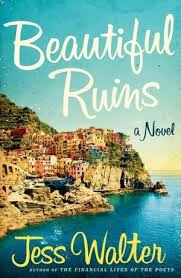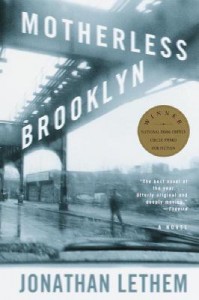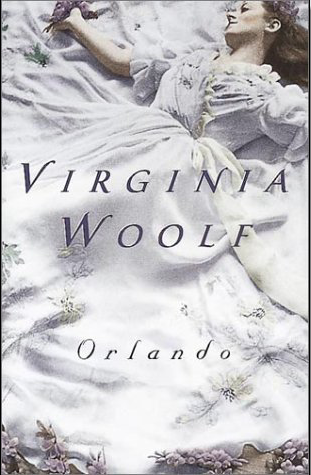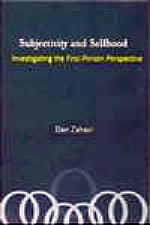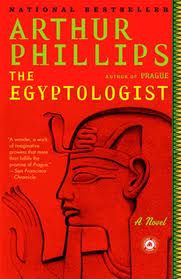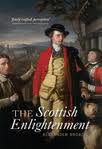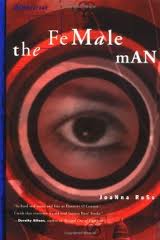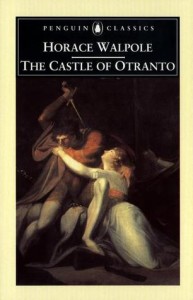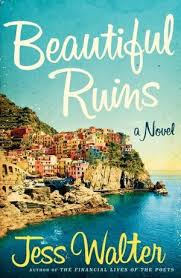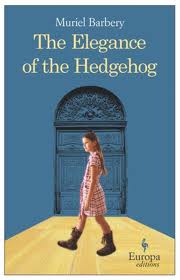Walter, Jess (2012). Beautiful Ruins. New York: Harper-Collins
The first five pages of this book contain ecstatic reviews from major newspapers and published authors. I have to wonder how Harper-Collins managed that for an undistinguished novel like this.
In the words of the story’s villain, steepling his fingers in a Hollywood movie pitch meeting, “It’s a love story.” In a tiny fishing village in western Italy in the early 1960’s, the proprietor of the only hotel is astonished when a beautiful American movie star arrives to recover from an illness, and to wait for her man to rescue her. The hotel owner and the movie star have some tender moments as they struggle with each other’s language.
Cut to modern Hollywood, where a has-been producer is desperate for a hit movie, and his assistant, a recent graduate from UCLA film studies, despairs over the dreck scripts she reads. In his glory days, the producer was in charge of the 1963 film, Cleopatra, which starred, besides Elizabeth Taylor and Richard Burton, a minor character played by the actress who left the film to recover in the Italian fishing village.
Cut again, to the drug-and-alcohol-fueled ambition of a young singer-songwriter who travels to the Edinburgh Fringe Festival, meets some girls, flames out, and is stranded penniless. He calls his girlfriend in the US for help, but she rebuffs him and tells him his mother is dying. And who is his mother? None other than the movie star who had been recuperating in the Italian fishing village, only now it is 40 years later.
Cut again, to the naïve ambitions of an earnest young screenwriter who pitches his movie idea to the producer’s assistant we met earlier. We are given the full text of his treatment (the pitch), which is an utterly dreadful a re-hash of the Donner Party cannibalism story. As the evil producer says, “It gives shit a bad name.” However, he options it, with a strategy taken straight from Mel Brooks’, The Producers.
Cut again. We’re back in 1962 and Richard Burton appears in Italy, blustery and drunk, searching for the recuperating actress. Alas, she has fled, possibly to Switzerland.
Cut again, to a failed American novelist… wait. Never mind; who cares? At some point, one’s brain is simply exhausted by all the time cutting, changes of scenery and huge cast of characters, which must be what it’s like to make a major movie like Cleopatra.
The last chapter of the book is a long epilogue in which all the characters are listed and the narrator simply tells what happened to them, in straight, uncreative exposition. It’s a strange way to end a novel but suggestive of the end-credits in a movie.
On the plus side, there is a wonderful sense of place in the tiny Italian fishing village. That was perfection. The love story? Its details are coyly held back from the reader until the penultimate chapter, where a murky denoument leaves the outcome ambiguous.
There was one good almost-idea, with the horrible Donner Party script as a metaphor for the evil producer’s life story, but that idea was only suggested and didn’t pan out. The satire of narcissistic Hollywood egomaniacs is old shtick. Drug-crazed singers? Been done. Richard Burton was a drunk? Who knew? The message? Maybe, as the title suggests, that even lives passionately lived end badly.
The writing throughout is straightforward, not bad but not interesting either. There are some moments of wry humor when connotations are lost in multilingual conversations. The scenery is great in the early part of the book, but the last 100 pages just fall apart, making the title apt.

